Rotary Kiln in Magnetic-Reduction Roasting

Magnetic-reduction roasting is a process in which non-magnetic ore is converted by the action of reducing gases to a state in which subsequent magnetic separation can achieve the best balance between recovery and grade. The principal characteristics of the rotary kiln method of magnetic-reduction roasting are complete processing and heat exchange within a revolving cylindrical […]
Coal and the Blast Furnace
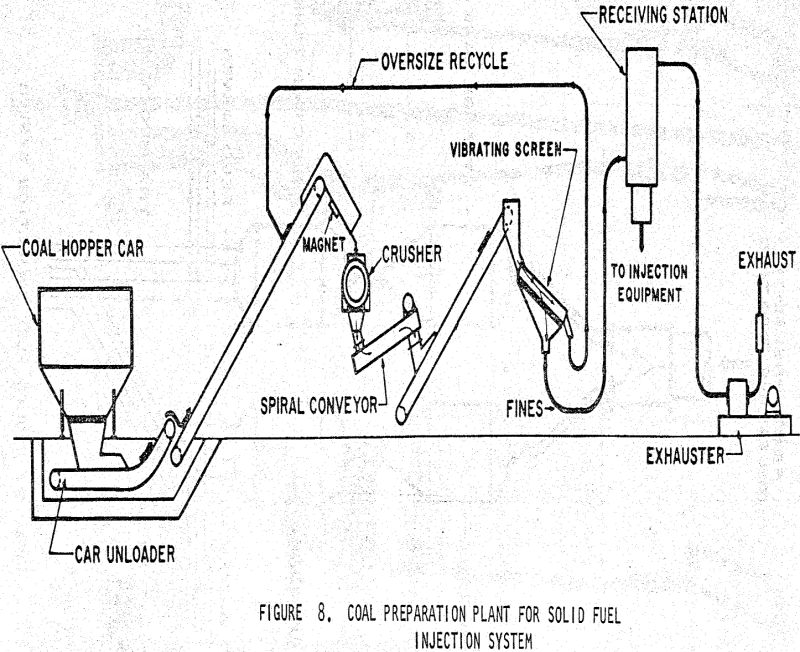
During this period of evolution, man struggled with the only fuel he knew – charcoal. Some 5600 years passed before any attempt was made to use coal as a fuel for the blast furnace. Blast Furnace Practice No one factor can be pointed to as the prime cause of reduced coke rates and increasing production. […]
Compression Testing of Green and Dry Iron Ore Pellets

For many years the green and dry compressive strengths of pellets have been considered as possible criteria of pellet performance during induration. Although widely quoted throughout the industry, little attention has been given to standardizing the unfired pellet compressive strength test or to determining the characteristics of the test. Materials and Equipment Most testing machines […]
Sintering Hematite Iron Ore
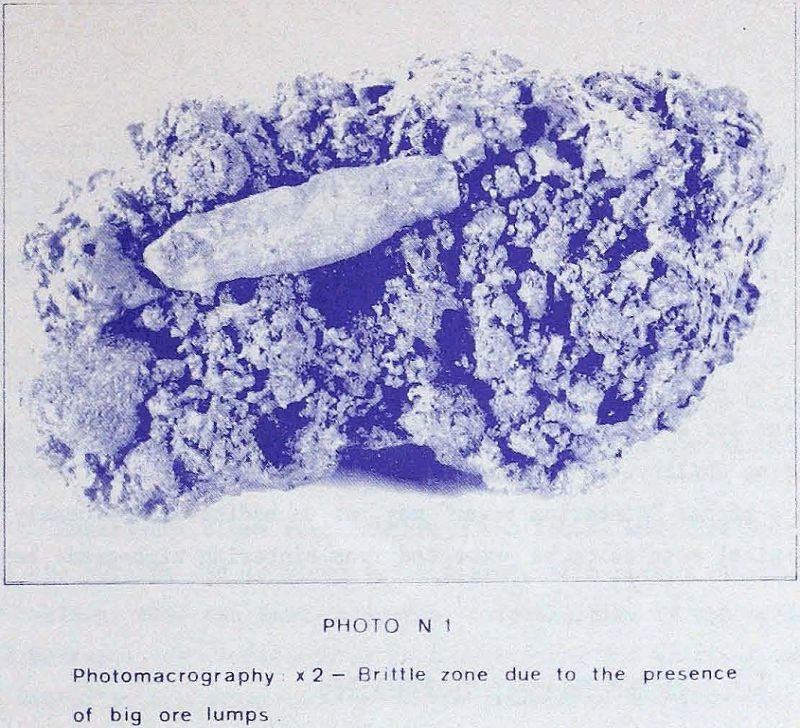
The authors investigate the influence of the basicity index CaO/SiO2 on the sintering properties of hematite ore mixtures. The experimentation was performed with three different mixtures of ores from Tazadit, Nimba, Mano-River, Itabira, Marcona, Goa, Mapawa and Cassinga. Increasing the basicity index CaO/SiO2 between 0.1 and 3, chiefly through limestone admixture makes possible to reduce the […]
Self-Fluxing Pellet Production
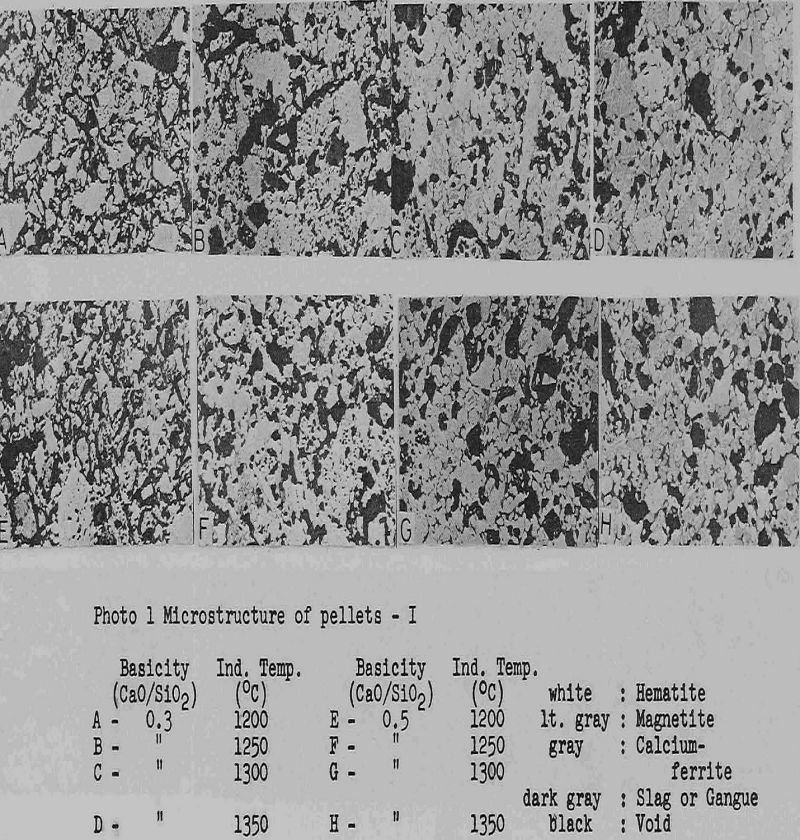
The development of pelletizing during the last ten years has continued, however, self-fluxing pellets have not been regularly and commercially produced for use in blast furnaces, except as Kobe Steel, Ltd., Japan. This paper tells about unique developments for self-fluxing pellets, and their effects when used in Kobe Steel’s No. 3 blast furnace at the […]
Pelletizing of Iron Ore Concentrates
The program of study of pellet binder materials was begun by the ORF in 1963 to examine various Canadian materials as substitutes for bentonite which is imported in large tonnages (199,270 tons in 1969) from the U.S.A. for Canadian pellet plant operations. Most of the raw bentonite used in Canada originates in Wyoming, North Dakota […]
The Effect of Lime on Reduction of Iron Ore Pellets
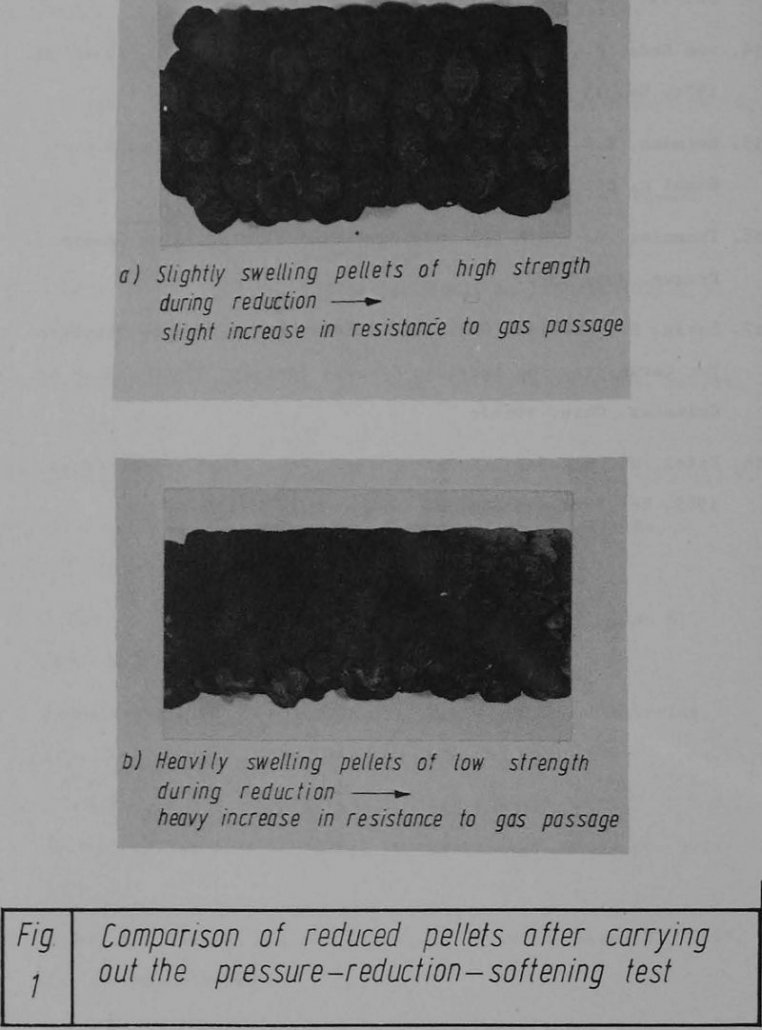
For the commercial production of iron ore pellets from hematite ores, as it is practiced in various pellet plants, the addition of lime has shown to be an efficient means with a view to improving cold compression and abrasive strength of the indurated pellets considerably. Unfortunately, it has also been shown at the same time, […]
Effect of Dolomitic Lime on Magnetic Taconite Pellets
For maximum blast furnace productivity it is generally believed that the iron oxide pellet should contain as many of the ingredients of the burden as possible. As a result over the past 10 years considerable research effort has been directed towards the development: of self-fluxed iron oxide pellets. Calcitic limestone has been used as the […]
Design Criteria of a New High-Capacity Conveyor Scale

In 1971, during the planning and design stages of a $300 million expansion, the Iron Ore Company (I.O.C.) of Canada Ltd. through its Engineers, Canadian Bechtel Ltd., came out with a preliminary request for two 10,000 LTPH belt conveyor scale systems. These Systems were to provide weighing accuracies within ±.5% of the iron ore pellets […]
Pellet Degradation & Effect on Blast Furnace Performance
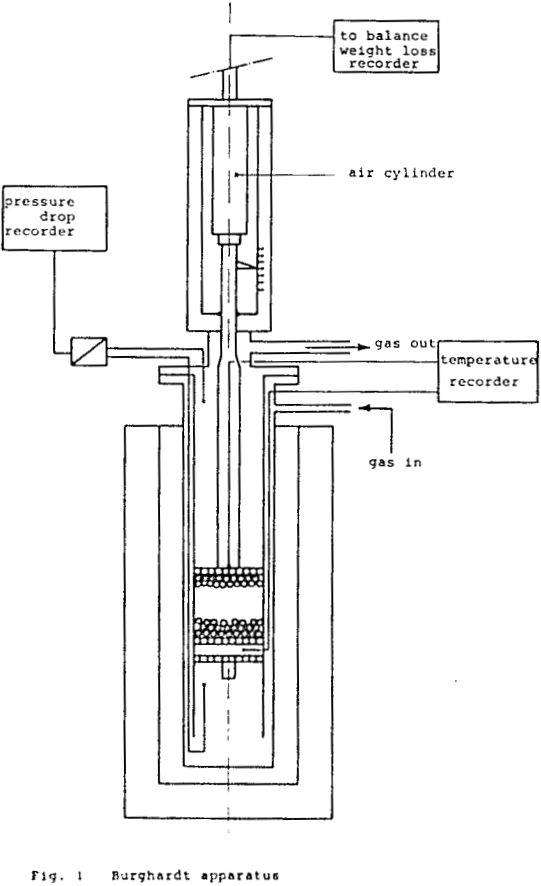
A full survey of the laboratory and blast-furnace tests on 2 types of acid pellets is given. From the laboratory tests out in an atmosphere containing hydrogen, it appears that type B, produced out of 100% magnetitic ores, has a far better low temperature disintegration index and a lower reductibility index than type A, produced from […]
